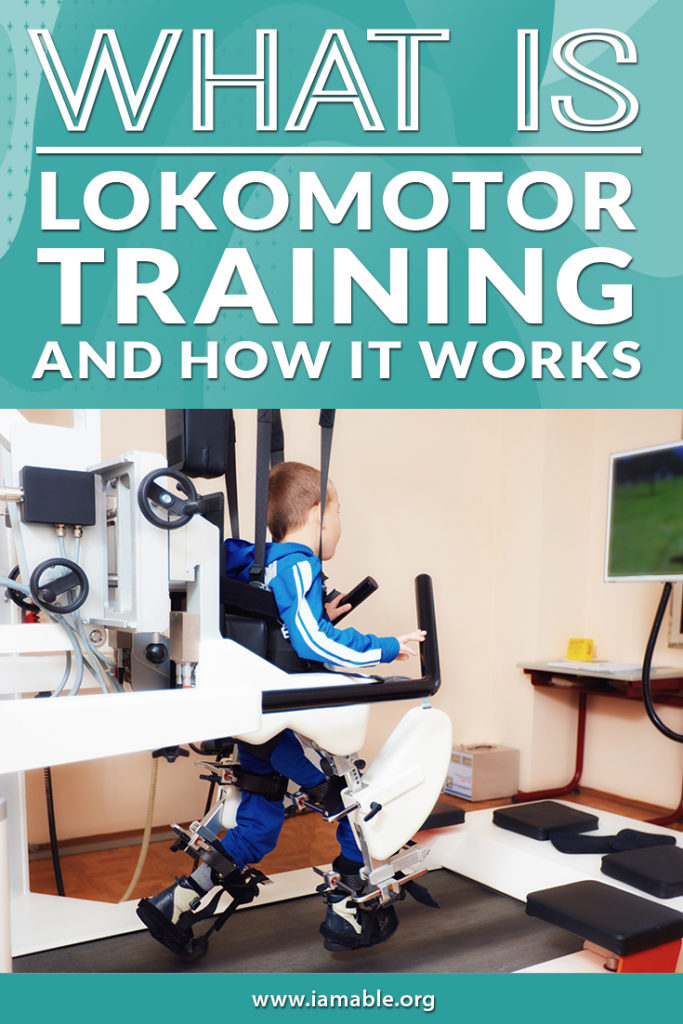Miami, FL 33186

In recent times, the understanding of how the spinal cord works and the body’s incredible ability to rewire connections after an illness or injury are making activity-based therapy essential. Lokomotor training, or Lokomat therapy, is one of the fantastic advances in the field of recovery and rehabilitation. In our article, we will answer the following important questions regarding this technology.
Once you have a better understanding of this state-of-the-art rehabilitation method, you will likely seek out a recovery facility that uses a mix of this technology with traditional physical therapy. We will also address the importance of staying motivated during a long recovery process to maximize your results.
Lokomotor training is an activity-based therapy that uses bodyweight support to help patients walk on a treadmill. The system makes step and gait training possible, even for those with limited or no mobility in the lower portion of their body.
The main idea is that a harness unweighs the patient. In other words, you are in suspension above the treadmill so that the therapist controls how much weight or activity is divided between the machine and yourself (if any).
Lokomat therapy uses a unique exoskeleton with straps that hold to the patient’s legs. This exoskeleton can do all or part of the walking, depending on the patient’s current ability. The machine then provides feedback so that you can see your improvement over the course of use.
This form of therapy provides additional safety for both the patient and the therapist because there is no fall risk. The device securely supports you, so there is no strain on the therapist. The focus is entirely on your advancement.
As a result, you experience walking on a treadmill with a natural gait, regardless of the illness or injury you are living with. How does this help optimize and speed up recovery results?
There are two main elements to this type of therapy: step training and gait training. Let’s take a closer look at how the device helps with both, and what results can come from it.
First of all, step training. The basic idea is that you want your nervous system to experience the motor pattern that walking requires. This pattern can help the nervous system to rewire itself to perform an activity that it once could do without you even thinking about it. Now, you are rebuilding your motor skills, maximizing your mobility, and potentially even restoring some function.
Next comes the gait training, which is also sometimes referred to as overground walking. The idea is to build stability and balance so that the restored gait will be natural. The intent is to reduce fall risk once you can walk without the help of the machine. You are also building strength in the muscles, which quickly atrophy when not in use. This, too, will provide you with a solid foundation for the restoration of a natural gait.
Of course, every individual will respond to this type of therapy differently. However, there are some illnesses and injuries that make a patient a better candidate for Lokomat therapy.
Some of the benefits of activity-based therapy include better heart and lung health, increased bone density, improved blood sugar levels, reduced spasticity, and fewer skin lesions. Additionally, some patients will see a restoration of function as the nervous system rewires itself. Which patients can potentially get the most benefits?
This is not a comprehensive list of illnesses or injuries that lokomotor training is good for. However, you can get a general idea. Sometimes, the secret to receiving the most benefit is mentally preparing for the challenge of therapy. What can help?
At iAM ABLE, we want patients to thrive despite conditions that cause paralysis and other walking issues. Therefore, please read our eBook, 7 Unbelievably Important Steps to Take to Thrive after Paralysis. It is a great way to get mentally focused on the journey ahead. There are challenges on the road to recovery, but pairing the right mental attitude with the rehabilitation center can help you succeed!
Grab our free e-book 7 Unbelievably Important Steps to Take to THRIVE after Paralysis by clicking the image below.
